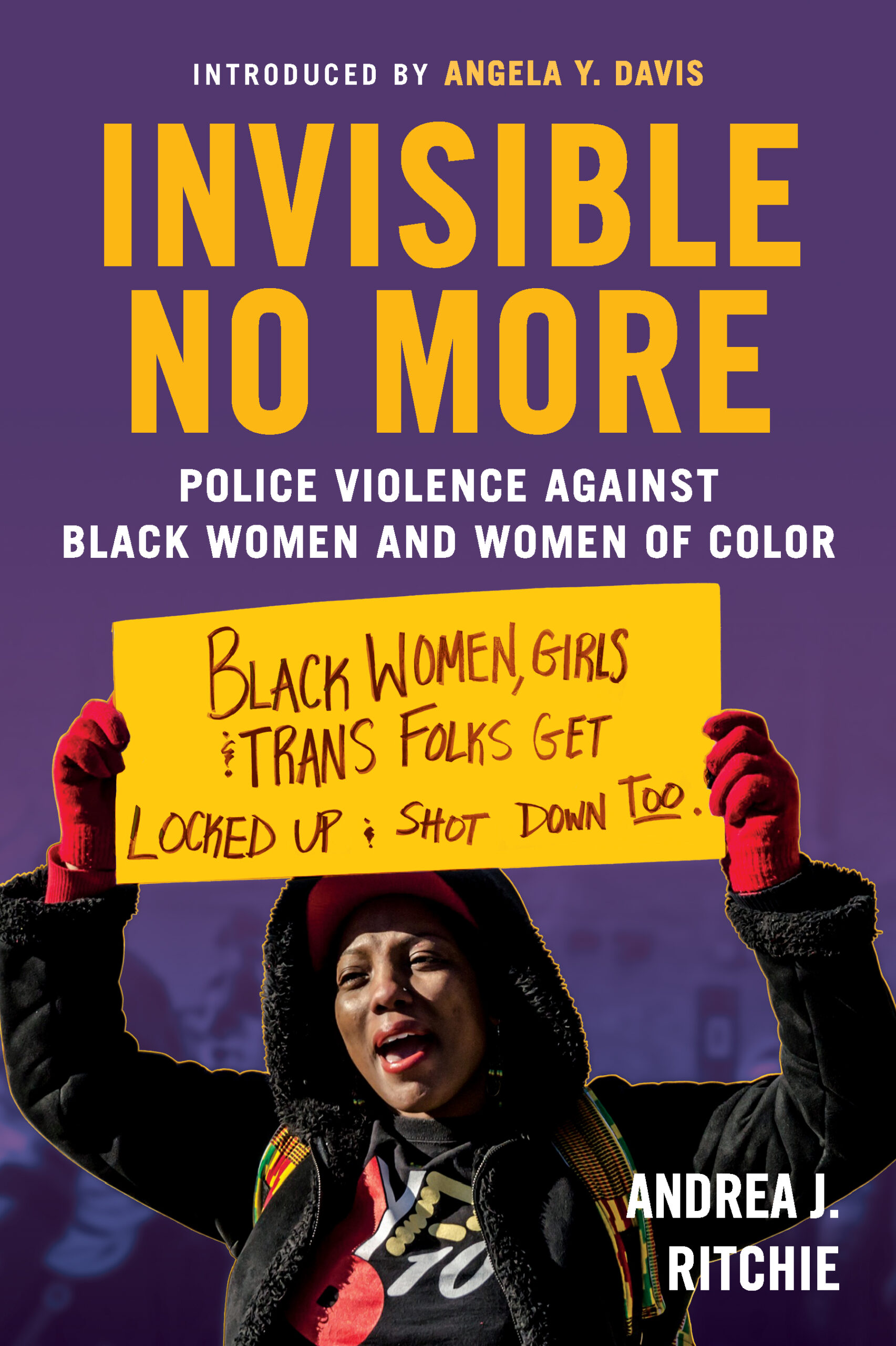This section of the Lived Experience will focus on the historical and contemporary structural drivers of racism and intersectionality and Criminal Justice. It will also focus on ways to understand and advance a deeper understanding of how our criminal justice system is designed to treat people differently based on race
Anthropologists have researched and written about the numerous interrelated factors that shape racial inequalities in the U, S, criminal justice system. This research and practice focus on issues and promising solutions in health and well-being, in both neighborhood and community contexts, in youth-serving systems, and often focus on how to understand the links between the carceral system and reducing racial inequality. The programs and policies discussed in this section of the website are presented with varying levels and types of evidence; including historical, intersectional issues, youth development and identity, fear of people of color (especially BIPOC males), the economic and political issues that underpin the criminal justice system, and the reasons behind the prison abolition movement in this country.
Anthropologists considering how to reduce racial disparities, consider the societal and institutional processes that sustain and perpetuate historical racial power structures in this country. Policy solutions that focus only on the present are not understanding how deeply embedded the “criminalization of Black and Brown bodies.” To change the present, we need to understand how we got here. Changing the present requires viewing it through a long-term, historical lens. Interventions that aim to reduce youth and adult involvement in the criminal justice system need to view all people in the broad ecological context of their lives. People of color have been and are still exposed to different experiences and circumstances in their families, their schools, their communities, and society; these developmental contexts often highly racialized, differ in how they teach and perpetuate the likelihood of victimization.
It is critical to consider how race, sexual orientation, gender identity, and gender expression intersect. These layers of identity can be drivers of inequality in the criminal justice system. Notions of Black femininity and masculinity and similar constructs of Latinx femininity and masculinity are “driving our youth of color into the justice system. The intersection between the variables of race, sexual orientation, gender identity, and gender expression can be particularly salient in the criminalization of sex work.
Finally, an area in which gender and race intersect and is highly visible is in the hyper-criminalization of masculine Black and Latinx youth and adults, who are more likely to receive violent crime and weapons charges than other youth and adults.
Videos
We recommend you watch the following videos to complement the text.
Books
We recommend you read the following books to complement the text.
Additional Resources
To further enhance your learning, check out other recommended podcasts, academic articles, news articles, and websites.
Academic Articles
Check back soon
Websites
Check back soon







